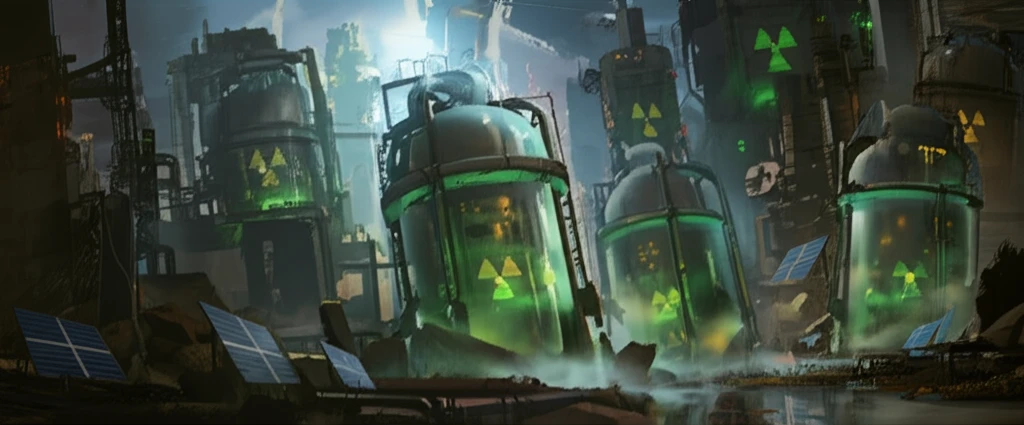
The Unsung Hero of Nuclear Waste Disposal: Cementitious Materials and Their Future
"Discover how advanced cement-based technologies are revolutionizing nuclear waste management, ensuring safer and more sustainable solutions for the future."
In an era defined by increasing environmental consciousness and the imperative for sustainable solutions, the management of nuclear waste stands as a paramount challenge. The safe and effective disposal of radioactive materials is not merely a technical problem but a societal responsibility. Cementitious materials, commonly known as cements, emerge as crucial components in addressing this challenge. These materials, ubiquitous in the construction industry, are now being recognized for their unique properties that make them indispensable in the realm of nuclear waste management.
Portland cement, for instance, is one of the most widely consumed construction products globally, with a staggering world production of approximately 3 billion tons per year. Beyond its conventional applications, the nuclear industry has embraced the advantages offered by cements. Their favorable physical and chemical properties make them ideal for hosting radioactive and hazardous nuclides, acting as an effective barrier against their release and migration into the environment.
This article delves into the multifaceted role of cementitious materials in nuclear waste disposal, examining their current applications, exploring innovative future trends, and highlighting their significance in ensuring long-term safety and environmental protection. Join us as we uncover the unsung hero in the quest for a sustainable and secure future.
Why Cementitious Materials Are Essential for Nuclear Waste Management

Cementitious materials are not just ordinary construction components; they are engineered barriers designed to withstand the test of time and protect the environment from the hazards of nuclear waste. Several key properties make them exceptionally well-suited for this critical task:
- Physical Durability: Cement forms a durable solid with low permeability, effectively encapsulating radioactive waste and preventing its release.
- Chemical Stability: The high pH environment created by cement pore water promotes the sorption and substitution of radioactive waste species into the cement solids, further immobilizing them.
- Cost-Effectiveness and Availability: Cement is an inexpensive and readily available material, making it a practical choice for large-scale waste management operations.
- Versatility: Cement can be modified with reactive admixtures to enhance its physical properties and tailor its immobilization potential for specific waste types.
Looking Ahead: The Future of Cementitious Materials in Nuclear Waste Management
Cementitious materials are indispensable in any radioactive waste facility. They are essential components, but the role is continually evolving with new research and technological advancements. As we continue to grapple with the challenges of nuclear waste management, ongoing research and innovation in cementitious materials promise to provide even more effective and sustainable solutions for a safer and more secure future. It is a field that demands continued attention and investment to ensure the long-term protection of our environment and the well-being of future generations.
